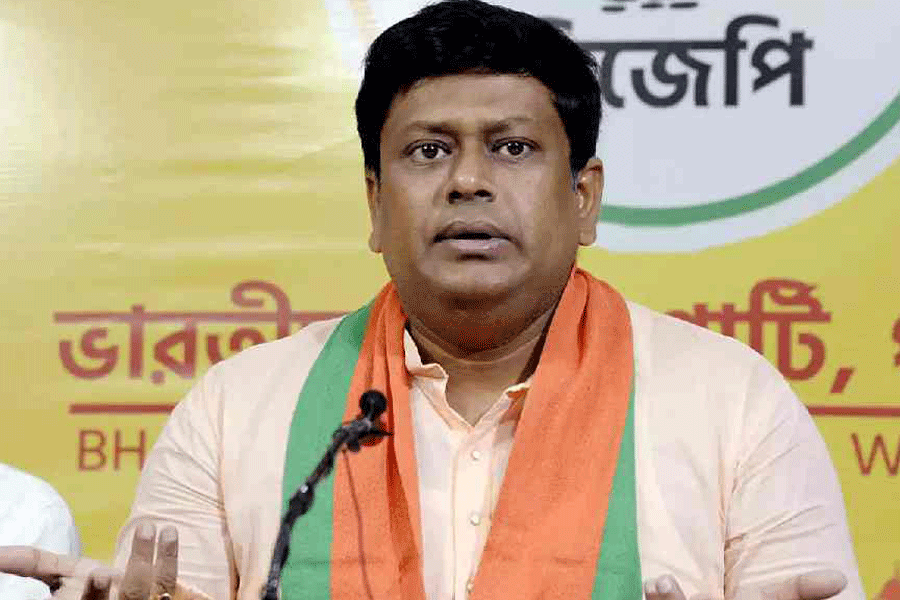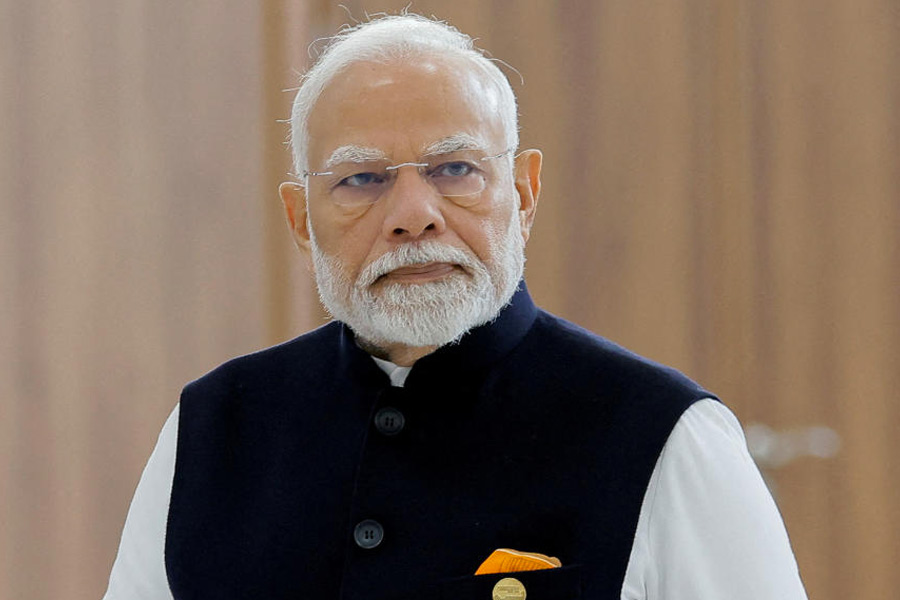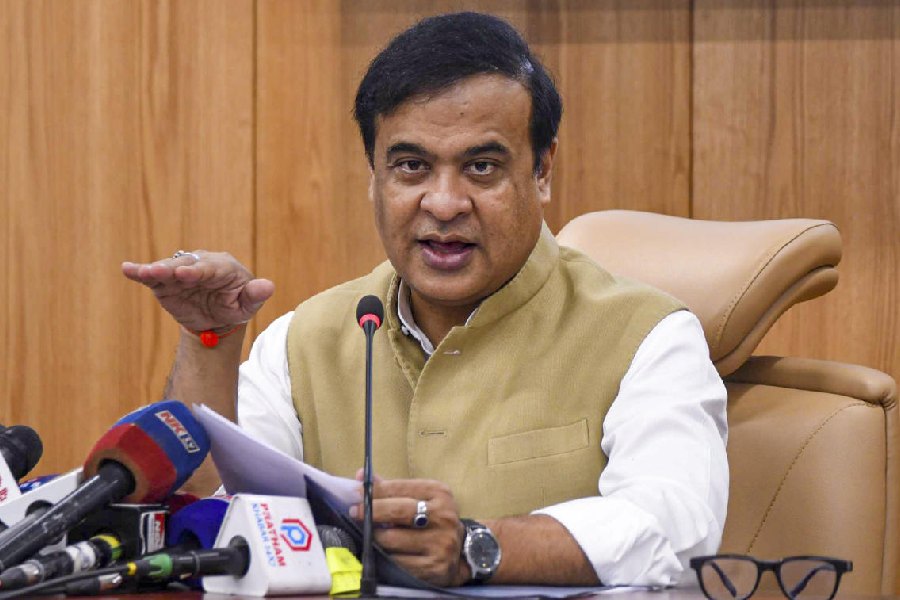Book: Women In The Wild: Stories of India’s Most Brilliant Women Wildlife Biologists
Author: Anita Mani
Published by: Juggernaut
Price: Rs 499
Women in the Wild is an unusual book. It brings together stories of wildlife conservation pioneers, all women. All but two of the contributors are women: they are conservationists, journalists and novelists. Another pioneer pieces the book together. She also contributes two pieces to the volume. The book celebrates Indian women in wildlife conservation and begins with the pièce de résistance. But I would suggest that the readers start with the last piece first and move in that order.
The last chapter is on four dedicated young women field biologists; it makes mention of three more. All these women are and will continue to make a difference to wildlife conservation but, because these seven women have relatively fewer years behind them, their sketches are rather brief. The chapter fails to do justice to any of them. It would have been inspiring to know more about these young women scientists. Conservation is like a never-ending ultra-marathon with uncertain outcomes. What motivated these young women to pursue what they do? A glimpse of their formative years and early influences in their lives may have answered the question. But what keeps them going in the face of the multiple challenges they face would have been of great value to the scores of highly-educated young women and men with the desire to make positive changes in the world.
Many a Bengali will think of Usha Ganguli-Lachungpa as a Bengali married to a Sikkimese. Usha is Konkani, born and brought up in Bombay. Her father’s family hailed from Gangolli and, thus, the family name. Gangolli village is in Kundapur taluk of Udupi district in Karnataka with the Panchagangavalli river to the east and the Arabian Sea to the west.
Zai Whitaker’s account of J. Vijaya (picture) is tinged with sadness because ‘Viji’’s life was cut short due to a psychiatric illness that ran in her mother’s family. One day in 1987, Viji disappeared from her home in Madras. Months later, her remains were found in the Guindy National Park. She was 28. Viji lives on in the colleagues she inspired to pursue the conservation of turtles and tortoises. In her short life and career, Viji published about 40 articles.
Raza Kazmi’s piece is the longest — spanning 40 pages — and the one that captivates the most, not only because of the protagonist — Jamal Ara, the first woman ornithologist in India — but also because of the research that has gone into putting the piece together as well as the story-telling brilliance of the author. You can almost see Jamal Ara at work and her sufferings in life. I am not sure if this should have been the first piece because the other pieces — all well-written — start to pale in comparison in the order that they appear.
Although this book would be of interest to wildlife conservationists, general readers would also find the volume inspiring. For the younger generation, high school and above, it’s a must-read volume.










